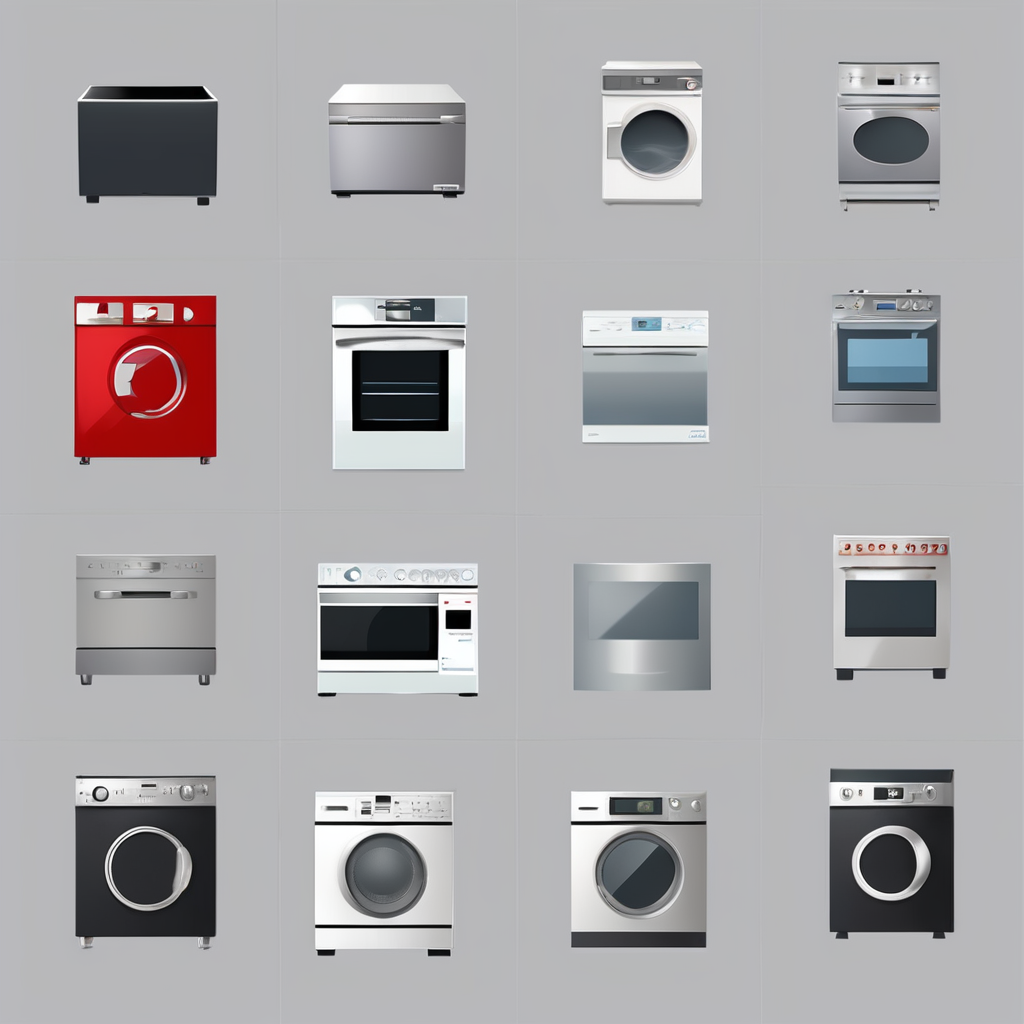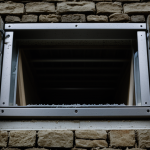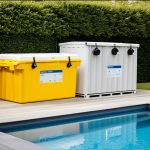Why UK Basement Apartments Need Dehumidifiers
Basements in the UK face distinct humidity problems due to the region’s damp climate and often older construction standards. These spaces commonly suffer from persistent moisture intrusion caused by poor ventilation, high seasonal rainfall, and underground water seepage. Such conditions make basement moisture control a significant concern for homeowners.
High humidity levels in UK basements can lead to a range of issues. Structurally, constant dampness can weaken walls, cause paint and plaster to peel, and promote mold growth. From a health perspective, mold spores and dust mites thrive in these moist environments, triggering allergies and respiratory problems. Consequently, addressing these humidity problems with dehumidifiers for UK basements can safeguard both the property and occupant well-being.
In parallel : Elevate your uk living room ambiance: innovative led lighting ideas to refresh your space
How can you tell if your basement apartment needs a dehumidifier? Key signs include a musty odor, visible condensation on walls or windows, persistent damp patches, or an increase in allergy symptoms among residents. By using a dehumidifier specifically designed to tackle the typical moisture challenges found in UK basements, you ensure efficient extraction of excess water from the air, reducing the risk of mold and improving indoor air quality. Prioritizing basement moisture control with the right dehumidifier is essential to maintaining a comfortable and healthy living space in UK basement apartments.
Essential Criteria for Choosing the Right Dehumidifier
Selecting the ideal dehumidifier for UK basements depends on several critical factors that directly impact performance and suitability. First, the extraction capacity—measured in litres per day—is a cornerstone specification. For typical damp UK basements, a unit capable of removing at least 10 to 20 litres daily often provides effective basement moisture control. Choosing a lower capacity risks insufficient drying, while excessively large units can waste energy.
In parallel : Enhance your home’s comfort: innovative window insulation ideas for uk homeowners
Next, tank size and coverage area carry practical weight. A larger water collection tank reduces the frequency of emptying, which is important for busy homeowners or apartment dwellers. Similarly, understanding the size of your basement is essential to match the dehumidifier’s coverage area. Mismatched capacity and area coverage reduce efficiency and can prolong humidity problems in your basement.
Energy efficiency is likewise crucial, particularly as UK homes rely on electricity for heating and appliances year-round. Selecting dehumidifiers with high energy ratings and features like auto-shutdown helps manage running costs without sacrificing performance. Including noise levels in your decision-making process is also important because basement apartments require quieter operation to avoid disturbance. Many dehumidifiers for UK basements offer adjustable operation modes or night settings to balance noise and drying power effectively.
Lastly, advanced features such as built-in hygrometers, programmable timers, and continuous drainage options enhance usability and ensure consistent performance. By focusing on these key dehumidifier features, you can pick a device that not only tackles current humidity problems UK basements face but also operates efficiently within your lifestyle and property constraints.
Matching Dehumidifier Specifications to UK Climate and Basement Characteristics
Understanding the UK climate is crucial when selecting the correct dehumidifier for your basement. The UK’s typically damp, mild weather—with frequent rain and seasonal humidity spikes—demands a device that can handle continuous moisture extraction without excessive energy consumption. A dehumidifier suited to this climate efficiently manages humidity levels while adapting to fluctuating conditions.
Assessing your basement’s specifics is the next step. Factors such as size, layout, and the severity of dampness directly influence the unit’s required capacity and features. For instance, larger basements or those with poor ventilation often need higher extraction capacities to maintain effective basement moisture control. Measuring the square footage and noting areas prone to condensation or leaks helps in making an informed selection.
Calculating the correct dehumidifier capacity hinges on both the space’s volume and the intensity of moisture present. A practical sizing guide involves estimating the air volume and moisture load, then choosing a device rated to remove excess water accordingly—typically 10 to 20 litres per day for average UK basement conditions. Undersized models struggle to reduce humidity adequately, risking persistent humidity problems UK basements face, whereas oversized units may lead to inefficiency and unnecessary energy costs.
By matching dehumidifier specifications carefully to your basement’s characteristics and UK climate challenges, you ensure optimal performance. This tailored approach prevents structural damage, reduces health risks from mold spores, and creates a more comfortable living environment in your basement apartment.
Why UK Basement Apartments Need Dehumidifiers
Basements in the UK encounter specific humidity problems UK homeowners know well. Moisture often seeps through due to the country’s damp climate and building characteristics, creating persistent wetness indoors. These humidity problems UK basements face include condensation build-up, rising damp, and mould growth, which are exacerbated by poor ventilation common in underground spaces.
Excess moisture seriously affects both the property and its residents. From a structural perspective, ongoing dampness can degrade walls, damage finishes, and weaken foundations over time. Health concerns arise because damp environments promote allergens like mould spores and dust mites, increasing respiratory issues for occupants. Effective basement moisture control reduces these risks by maintaining a balanced indoor humidity level, helping to protect both home integrity and personal health.
Key indicators that your basement apartment needs a dehumidifier include:
- Persistent musty or mouldy smells
- Visible damp patches or water stains on walls
- Noticeable condensation on windows or walls
- Residents suffering from increased allergies or respiratory symptoms
Installing dedicated dehumidifiers for UK basements targets the root moisture problem, extracting excess water vapor and lowering relative humidity. This helps prevent mould proliferation and structural damage while improving indoor air quality. Selecting a unit designed to meet the unique challenges of UK basement environments ensures efficient humidity management and a healthier living space.
Why UK Basement Apartments Need Dehumidifiers
Basement apartments in the UK face distinctive humidity problems UK due to the country’s damp climate and typical underground construction. These spaces often experience continuous moisture intrusion from groundwater seepage, poor ventilation, and seasonal rainfall. This persistent dampness leads to significant challenges in maintaining basement moisture control and preserving a healthy living environment.
High humidity levels cause several adverse effects on both property and residents. Structurally, excess moisture promotes mould growth, accelerates the deterioration of plaster and paint, and can weaken masonry. From a health perspective, moist basement environments harbor allergens such as mould spores and dust mites, which exacerbate respiratory issues and allergies. This makes controlling humidity not just a maintenance issue but also a public health priority in UK basement apartments.
Recognizing when a dehumidifier is necessary involves observing multiple warning signs. Common indicators include:
- A pervasive musty or mouldy smell,
- Visible condensation on walls or windows,
- Persistent damp patches or water stains,
- Increased allergy or respiratory symptoms among occupants.
Employing dehumidifiers for UK basements directly combats these problems by extracting excess moisture from the air, reducing relative humidity to safer levels. This intervention prevents mould proliferation and structural damage, promoting a healthier and more comfortable basement apartment suited to the unique humidity problems UK residents frequently encounter.
Why UK Basement Apartments Need Dehumidifiers
Basement apartments in the UK encounter unique humidity problems UK homeowners frequently face due to the region’s persistent damp climate and underground construction. These spaces often suffer from moisture intrusion through walls and floors, poor ventilation, and seasonal fluctuations in humidity. Such conditions create a continual challenge for effective basement moisture control.
High humidity levels in UK basements promote the growth of mould and mildew, which can significantly damage structural components like plaster, paint, and masonry. Prolonged dampness accelerates decay and weakens building materials, raising repair costs over time. Beyond structural concerns, elevated moisture creates an ideal habitat for allergens such as mould spores and dust mites, which aggravate respiratory conditions like asthma and allergies. This makes managing humidity vital for both property preservation and occupant health.
Recognising when to use dehumidifiers for UK basements is essential in tackling these problems. Key signs indicating the need for a dehumidifier include:
- Persistent musty or mouldy odours,
- Visible condensation on walls or windows,
- Bare patches of dampness or water stains,
- Residents experiencing worsening allergy or respiratory symptoms.
Installing suitable dehumidifiers enables proactive control by extracting excess moisture from air, reducing relative humidity to safer levels. This intervention not only safeguards the building fabric but also markedly improves indoor air quality, enhancing living comfort in these challenging basement environments.










